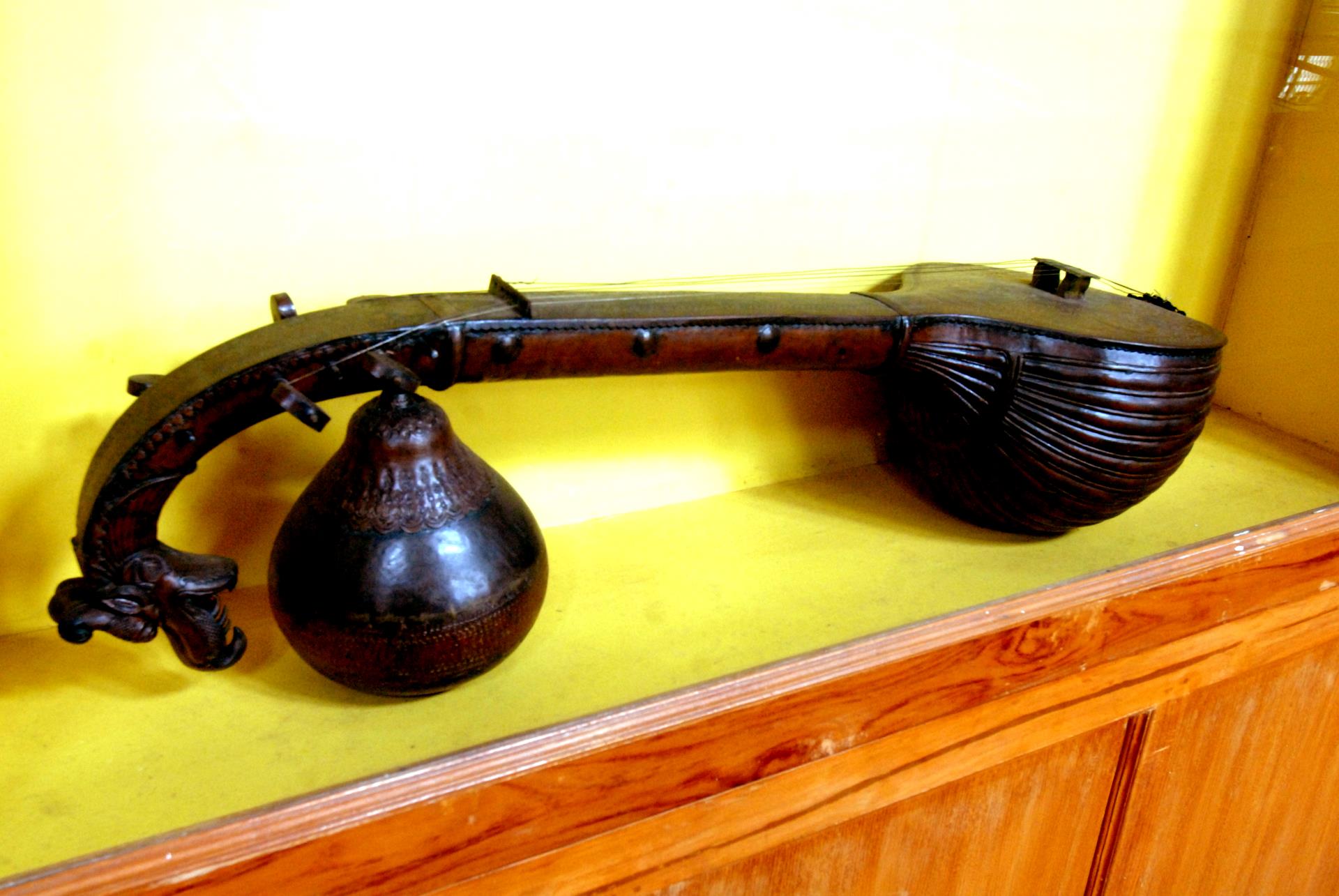
Sorry, we couldn't find anything that matches your search.
Destination

Famous Places to Explore in Hyderabad
A vibrant city with the imposing...

Raipur Tourist Places | Best Place to Visit
The stronghold of several erstwhile...

Ahmedabad
Declared as India's first UNESCO World...
#
Vivekananda Rock Memorial
Built in 1970, the Vivekananda Rock Memorial is a combination of conventional and modern Indian architectural styles, especially from West Bengal and Tamil Nadu. From this iconic monument, one can get spectacular views of the celestial happenstance of sunrise, sunset and moonrise. On full moon days, enjoy the special spectacle of the moon rising and the sun setting simultaneously. On Chitra Purnima in April, both moon and sun face each other on the same horizon.

Padmanabhapuram Palace
The magnificent Padmanabhapuram Palace is located at Thuckalay, 16 km from Nagercoil and 64 km from Thiruvananthapuram. It was the seat of the erstwhile rulers of Travancore. The architecture of the palace is simply fabulous. Almost everything leaves tourists awestruck, be it the Belgian mirrors, intricate carvings and paintings on ceilings or the 17th and 18th-century murals, rosewood and teakwood carvings, huge earthen urns and coloured mica on windows. The artworks can be found in plenty at the palace – in dance halls, queen mother’s palace, museums, council chambers, dining halls, inner courtyards and king’s rooms.
The palace can be accessed from the western side after walking through a big courtyard. Known as Manthrasala, the council chamber is the best part of the palace. It has coloured mica windows and floors with an immaculate finish, including its floor, which had a glass finish made with a combination of lime, coconut, river sand, egg white, lime and jaggery. The Queen Mother’s Palace, known as Thai Kottaram, is the oldest part of the palace that was built in 1550 AD in Kerala style of architecture. It has over 90 different types of floral motifs painted and carved on the ceilings. One of the latest additions to the palace is the audience hall, built between 1829 and 1846. The dining hall can accommodate over 1,000 people. A four-storeyed building stands at the heart of the palace complex. It has a king’s room, royal treasury, king’s bedroom with a four-poster medicinal bed, which was built with 64 varieties of wood with healing properties. The fourth floor or upparikka malika has a meditation hall as well as the royal shrine, the walls of which are adorned with scenes from the Puranas as well as 18th-century murals. A secret passage was also constructed in the palace premises to take the royals to safety, in case of an attack or assault. Known as Thekee Kottaram, the southern palace houses an archaeological museum, which boasts furniture, copper plates, wooden sculptures, granite sculptures, ancient armaments and more from the era gone by. Open on all days except Mondays between 9 am and 4.40 pm as well as national holidays, the palace expects the visitors to leave their footwear outside the premises, in order to maintain the polish of the floors.

Thiruvalluvar Statue
The 95-ft-high stone statue of famous Tamil poet, saint Thiruvalluvar, the author of Thirukkural couplets, is a beautiful landmark in the city. Located on a small island near the city, the statue has been erected on a 38-foot-tall pedestal. It represents 38 chapters from Thirukkaral on virtue and about weighs 7,000 tonnes. The total height of the statue including the pedestal is 133 ft and a total of 133 chapters of Thirukkural have been denoted on it. It is said that the stone structure can withstand natural calamities like earthquakes. The foundation stone of the statue was laid down by the then Prime Minister of India, Morarji Desai in 1979, but the installation and sculpting started in 1990, with the construction getting completed in 1999. On January 1, 2000, the statue, the stone for which was brought from Sirudhamoor, Ambasamudram and Pattumala Kuppam, was inaugurated by the then chief minister of Tamil Nadu, Dr M Karunanidhi. A total of 500 sculptors were involved in the creation of this sculpture, which was the brainchild of Dr Ganapati Sthapati, a famous architect.

Vattakottai
This 18th-century seaside circular fort is made of granite blocks. Many years ago, when the area was quite clear, observers could see up to the Padmanabhapuram Palace from here. A 4-ft-wide and 25-km-long tunnel is said to have once existed between the fort and the palace. The architecture additions of the fort are reminiscent of the rule of the Pandyas (4th to 16th century), especially the fish motifs engraved on the walls. Overlooking the Arabian Sea on one side and the Bay of Bengal on the other, is the raised parade ground. Sometime back, the archaeology department also conducted a renovation exercise here. One of the most interesting features is a beach of black sand near the fort as well as a small river that joins the sea on one side of the fort.

Udayagiri Fort
Udayagiri Fort is one of the most prominent tourist stopovers in the city. Also known as De Lannoy’s Fort or Dillani Kottai, it is a remnant of the regime of Travancore. The fort is surrounded by an isolated hill about 260 high and was used as a training ground for the king’s army. Remains of the furnace used for making ammunition stand as a testimony to the fact. Interestingly, it is said that a brass gun, 16-ft-long, was found in the fort complex but could not be moved even a few feet by a number of people including 16 elephants. Now, the fort has been turned into a natural park and one can find a tree house, herbal gardens, bird and deer enclosures and an aquarium.








